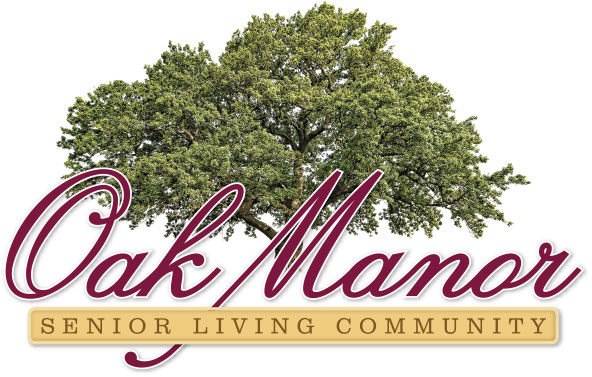At Oak Manor Senior Living Community, we are passionate about promoting independent living for older adults in Largo. As individuals age, it becomes increasingly important to create an environment that supports their physical, mental, and emotional well-being. Independent living communities in Largo offer a unique opportunity for older adults to maintain their autonomy while enjoying a vibrant and engaging lifestyle.
Understanding Anxiety in Older Adults
Anxiety is a common mental health issue that affects people of all ages, including older adults. It is important to recognize and understand the signs and symptoms of anxiety in order to provide appropriate support. Anxiety can manifest in various ways, including excessive worry, restlessness, irritability, and difficulty concentrating. Physical symptoms such as heart palpitations, shortness of breath, and muscle tension may also be present.
Signs and Symptoms of Anxiety in Older Adults
Recognizing the signs and symptoms of anxiety in older adults is crucial for effective intervention. Older adults may experience unique manifestations of anxiety, such as increased somatic complaints, memory problems, and sleep disturbances. They may also be more prone to developing physical symptoms due to anxiety, such as gastrointestinal issues and cardiovascular problems. It is important to be attentive to subtle changes in behavior and mood, as these can be indicators of underlying anxiety.
The Impact of Anxiety on Independent Living
Anxiety can significantly impact an older adult’s ability to live independently. It can lead to social withdrawal, decreased engagement in activities, and reduced quality of life. Anxiety may also exacerbate other health conditions, such as hypertension and diabetes. By recognizing and addressing anxiety in older adults, we can help them maintain their independence and enhance their overall well-being.
Strategies for Recognizing Anxiety in Older Adults
Recognizing anxiety in older adults requires a holistic approach. It is important to consider both verbal and non-verbal cues when assessing an individual’s well-being. Engaging in open and empathetic communication can provide valuable insights into an older adult’s emotional state. Additionally, observing changes in behavior, appetite, and sleep patterns can help identify potential anxiety symptoms. Regular screenings and assessments can be useful in detecting anxiety early on and initiating appropriate interventions.
Tips for Managing Anxiety in Older Adults
Managing anxiety in older adults requires a multifaceted approach that addresses both the psychological and physical aspects of well-being. Encouraging the adoption of stress management techniques, such as deep breathing exercises and mindfulness, can help alleviate anxiety symptoms. Engaging in regular physical activity and maintaining a healthy lifestyle can also contribute to reducing anxiety. Additionally, fostering a supportive and nurturing environment within independent living communities can help older adults feel more secure and empowered.
Conclusion
Recognizing and managing anxiety in older adults is essential for empowering independent living. By understanding the signs and symptoms of anxiety, implementing strategies for recognition, and providing support services, we can enhance the overall well-being of older adults in Largo. Let us work together to create a community that promotes mental wellness and supports the independence and autonomy of older adults.
